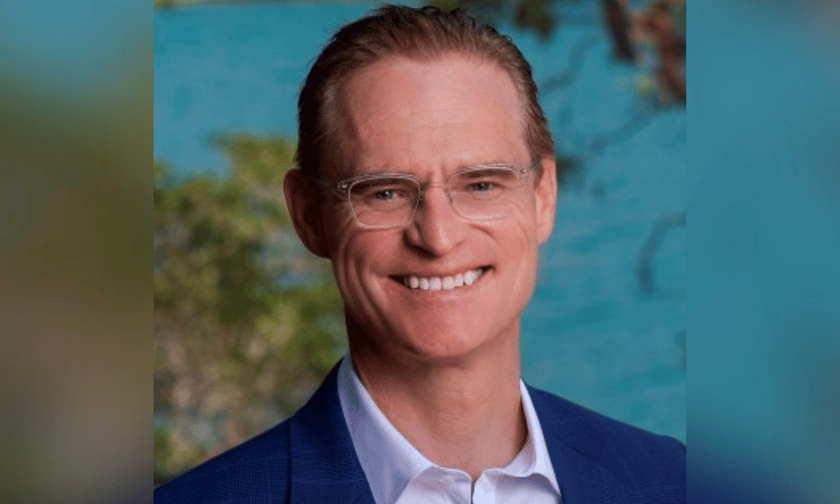

In July, insurer HDI Global SE (HDI) announced a significant international expansion that included, for the first time, boots on the ground in New Zealand. In recent years, two other major insurers have tried and failed to establish a locally based operation. However, HDI’s established links to large multinational companies in New Zealand is one major reason for the firm’s confidence in this extension of the local operation.
The Germany-headquartered insurer now has an underwriting manager – Richard Upton – in an office in Auckland. As Stefan Feldmann (pictured above) pointed out, HDI Global Specialty SE has operated in New Zealand since 2021.
Feldmann is head of HDI Global Asia-Pacific and oversees the firm’s operation across the Asia-Pacific, including in New Zealand, Australia, Singapore and Hong Kong.
“HDI Global Specialty has held a license in New Zealand for three years but never had anybody locally on the ground,” he said.
Insurance Business asked about the challenges on the ground in New Zealand? After all, NTI entered the market about 15 years ago and withdrew after two years. Global Transport and Automotive (GT Insurance), underwritten by Allianz, also made efforts but ceased operating in 2017.
Brokers have told IB that one reason for this failure was a lack of synergy between the corporate culture of these insurers and the SME business they were trying to get traction with.
Feldmann said the culture of the corporate business that his firm pitches for locally is very similar to Australia.
“We are closely linked with a number of large corporations and they use international insurance and reinsurance markets for their placements, such as large multinational companies operating in New Zealand,” he said.
Feldmann said HDI is already involved in large construction projects locally, including big infrastructure projects.
“We have done that for quite some time from Australia when approached by New Zealand clients for capacity, which occurs as a non-admitted insurer for our commercial lines,” he said.
However, the rationale behind a physical presence locally, he suggested, is to gain traction with companies whose scale is not quite as grand.
“New Zealand is more relevant to us for its mid-market business for our specialty lines,” said Feldmann. “That's the reason why we want to have people on the ground because, like our experience in Perth, Adelaide or in Brisbane, brokers want to deal with local underwriters for mid-market business, it's the same in New Zealand.”
HDI’s Willem van Wyk called this “the niche above” the SME market.
“What we don't write is SME, so we’re not competing for business with small and medium sized enterprises with under $20 million turnover,” said van Wyke who reports to Feldmann as senior executive officer of the firm’s new Dubai office. “There are two very large companies that dominate that market and we can't really compete with that.”
However, regardless of the type of business, Feldmann said “first and foremost” the challenges locally are nat cat exposures.
“Over the years that’s included the Kaikoura and the Christchurch earthquakes,” said Feldmann. “How to manage nat cat accumulation and nat cat limits and exposures is always an issue for insurers.”
He said managing this risk has a lot to do with location.
“We are always careful around the Wellington or the Christchurch areas, for obvious reasons,” said Feldmann. “So that usually limits what we can write there because of our earthquake capacity but that's a situation which everybody has.”
The firm already writes a lot of risks for German and other global corporate clients, some of them well known car makers, through international insurance programs.
“These include automotive or technology companies that are household brands, all big clients, often with European origins, that have risks globally with exposures in New Zealand as part of their global operations,” he said. “So given that, with them we already have a fair bit of risk on our books globally for those property or engineering risks and that limits what we can do when it comes to Nat Cat or earthquake capacity.”
New Zealand’s liability market is also quite unique.
“Liability is a completely different ballgame in New Zealand compared to Australia,” said Feldmann. “There is the ACC, the Accident Compensation Corporation, which removes most bodily injury claims in New Zealand.”
He said that means a large proportion of liability exposures are removed.
“Therefore liability premiums are very low unless you have international companies exporting goods overseas who are then exposed to overseas litigation and exposures,” said Feldmann.
How do you see the local insurance challenges? Please tell us below.
